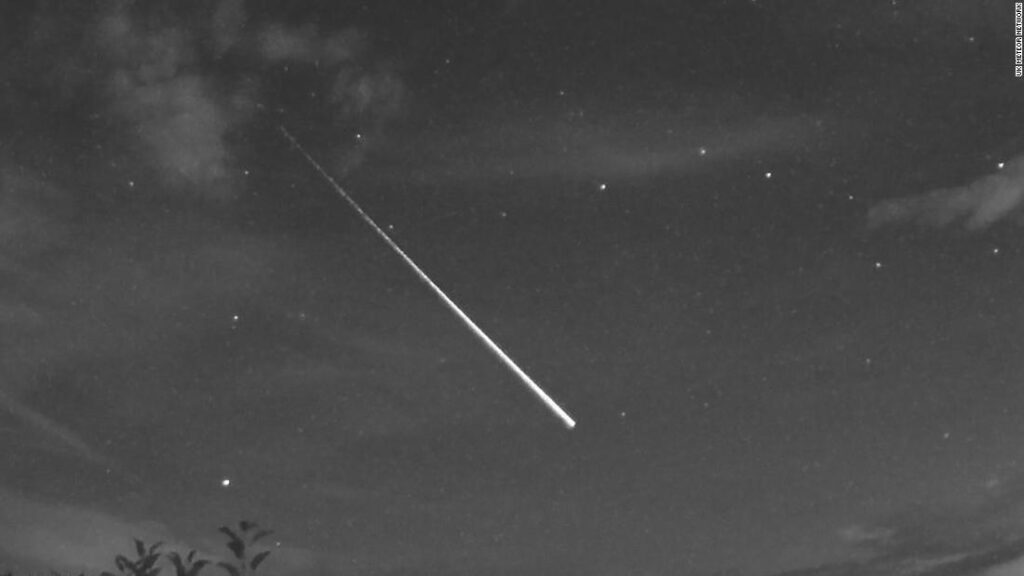It was unclear whether it was a meteor or a piece of space debris, said Aine O’Brien, a doctoral student at the University of Glasgow and a member of the UK Fireball Alliance, which tracks meteor sightings. The fireball was visible in the sky for 10 to 20 seconds — an unusually long period of time for a meteor — but the way the object fragmented in the night sky suggested it was a space rock.
“It’s got properties of both. We’ve got people processing the footage and working out the trajectory of it,” O’Brien said. “In the moment, we can only guess. Either way it was an amazing event.”
The fireball was spotted at about 10 p.m. local time Wednesday. The relatively early hour, plus clear night skies, meant that many people saw the fireball even in built-up areas such as Glasgow, O’Brien said. Many of those lucky enough to spot the fireball shared cellphone and door camera videos on social media.
The fireball’s path suggested it passed over the North Channel, which separates Scotland and Northern Ireland, and ended its journey somewhere above Islay, an island off the west coast of Scotland.

